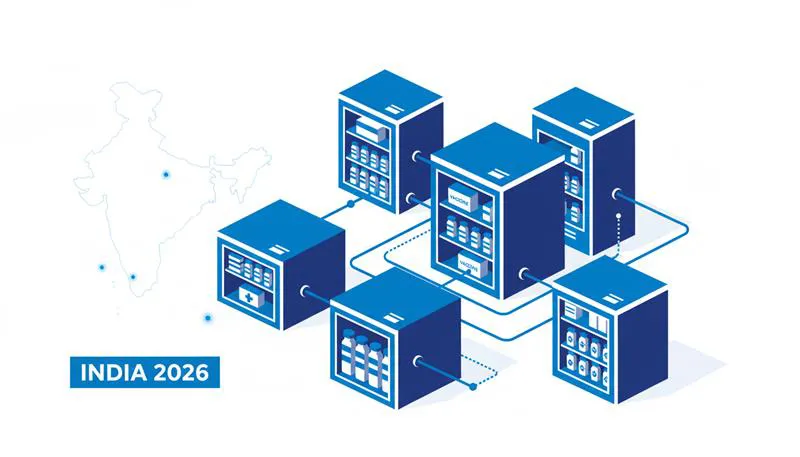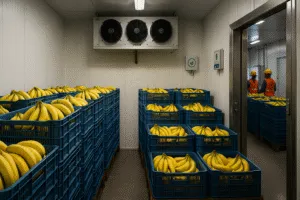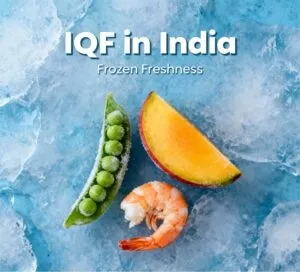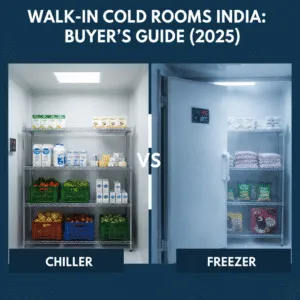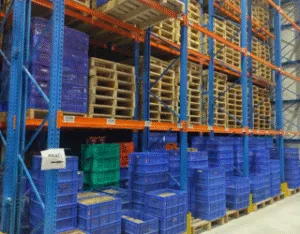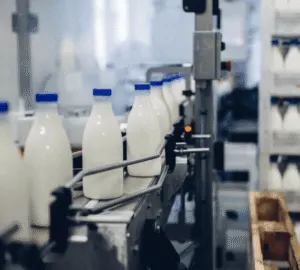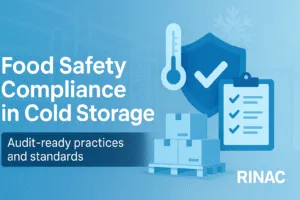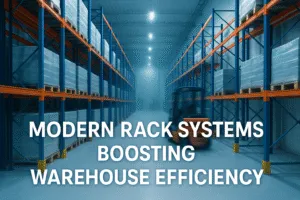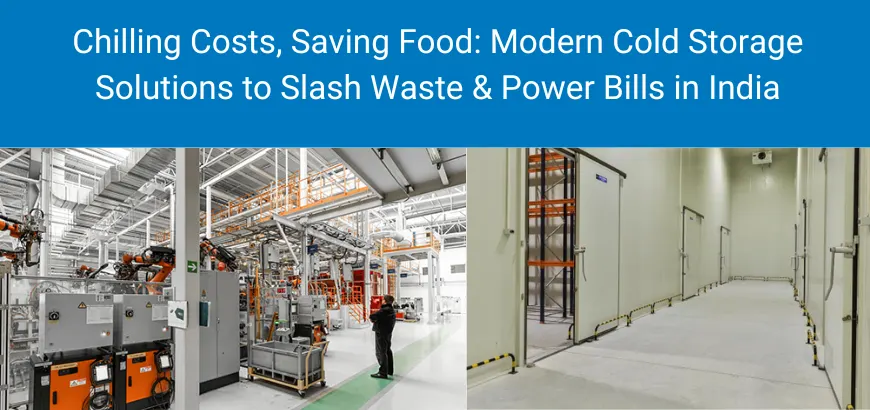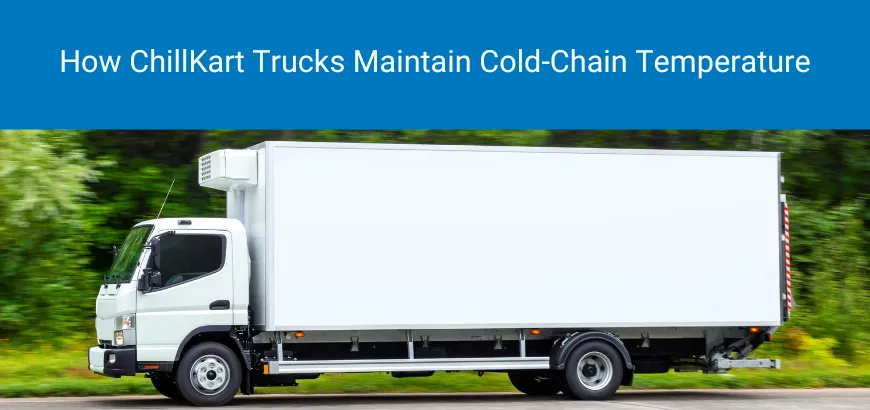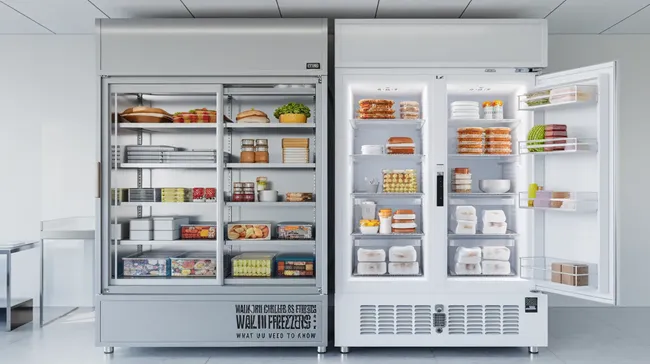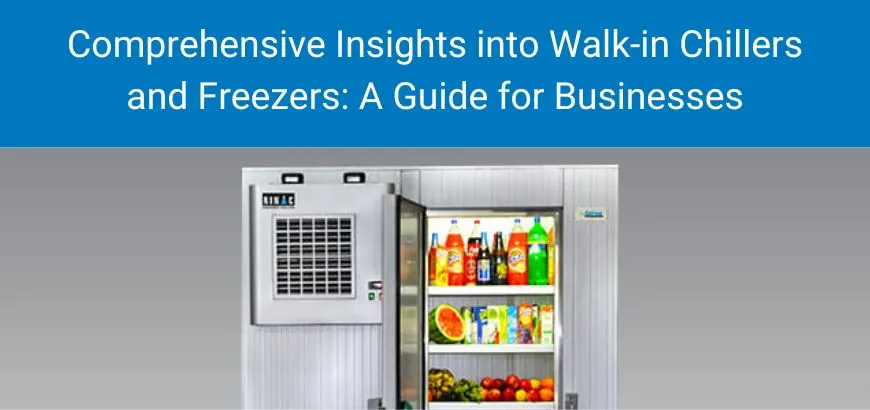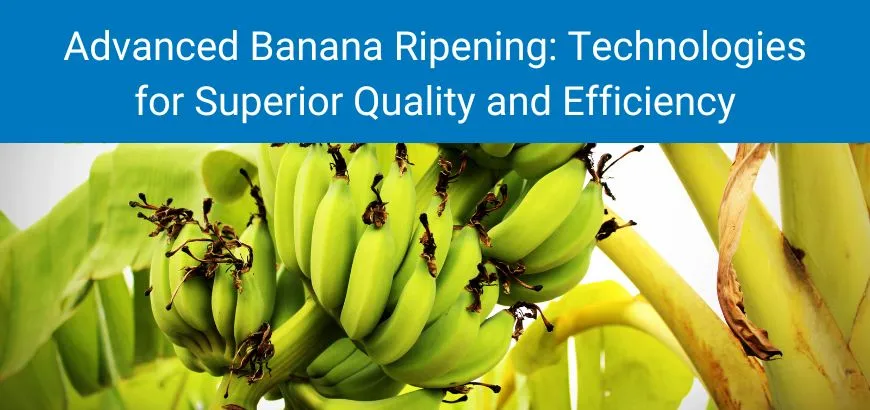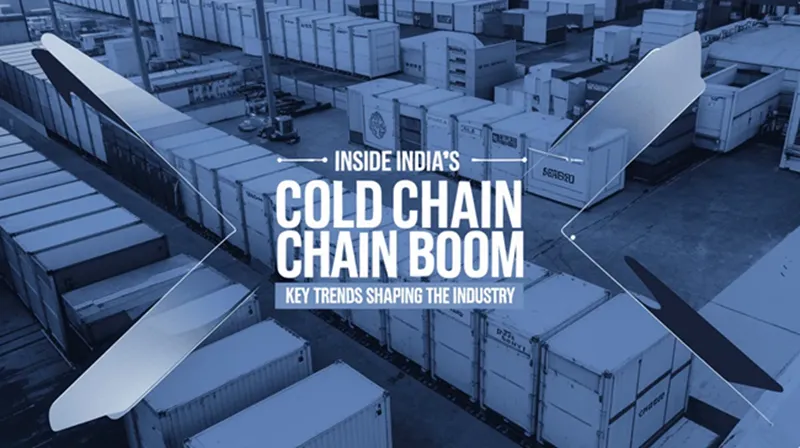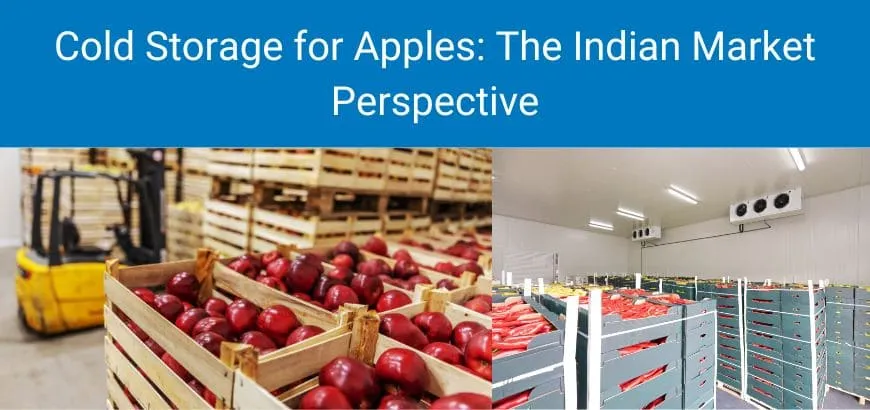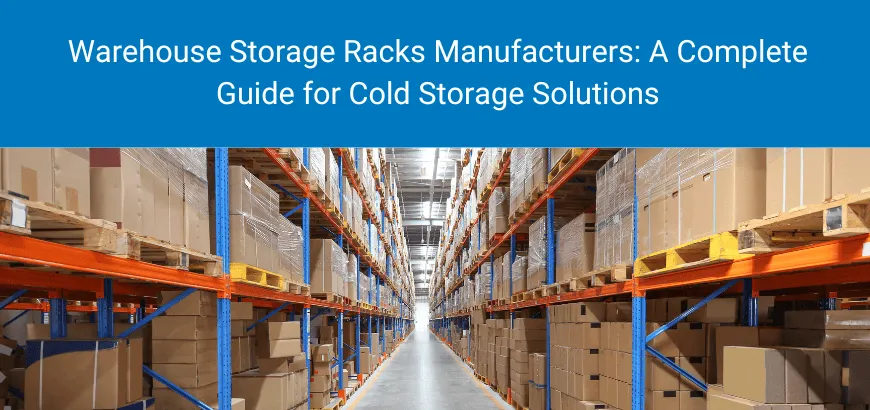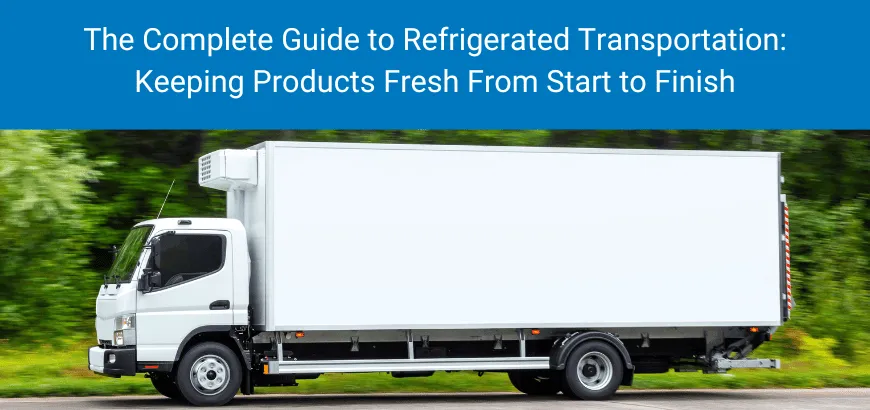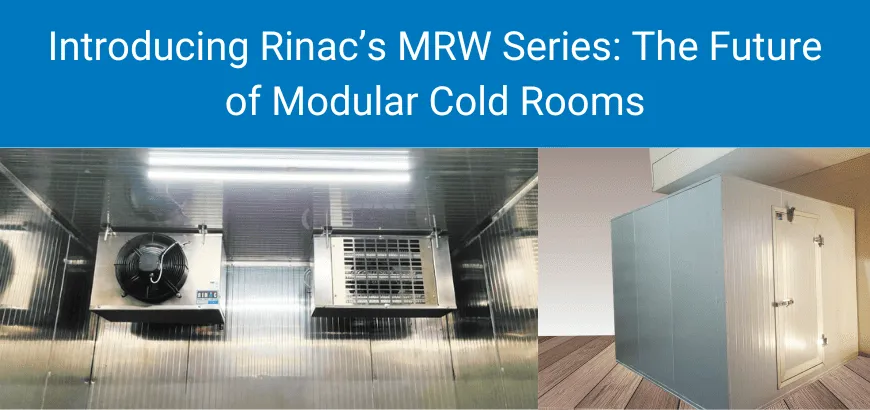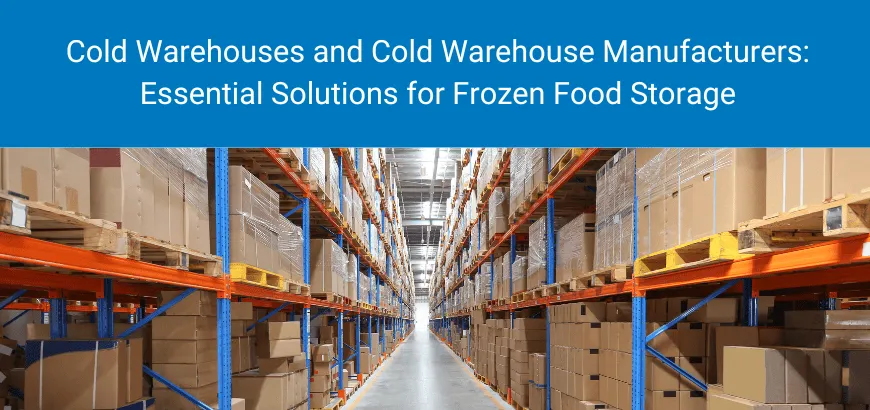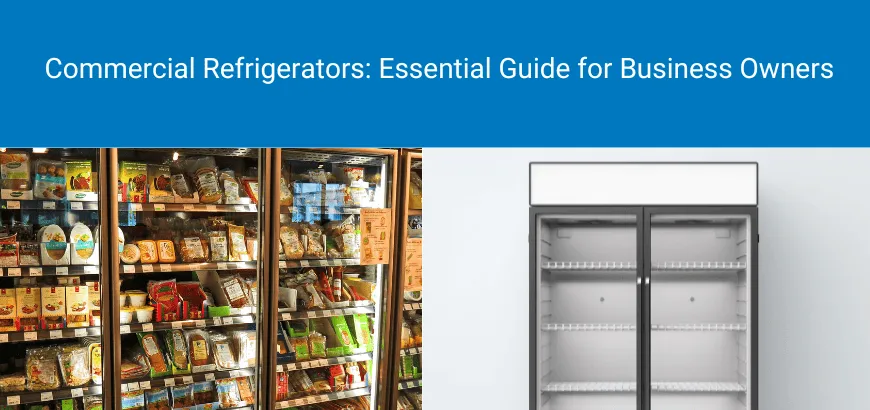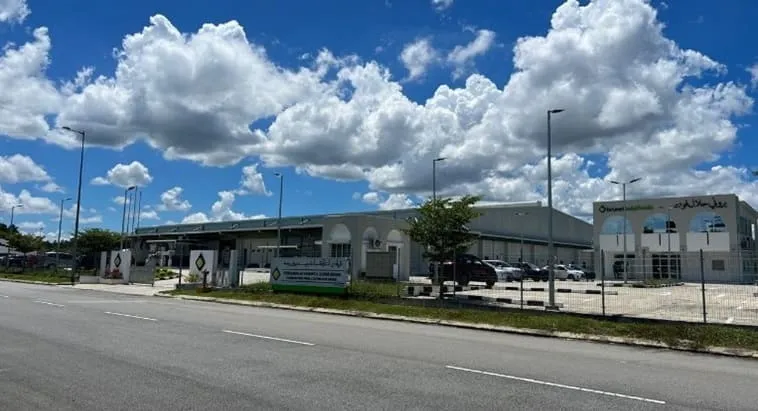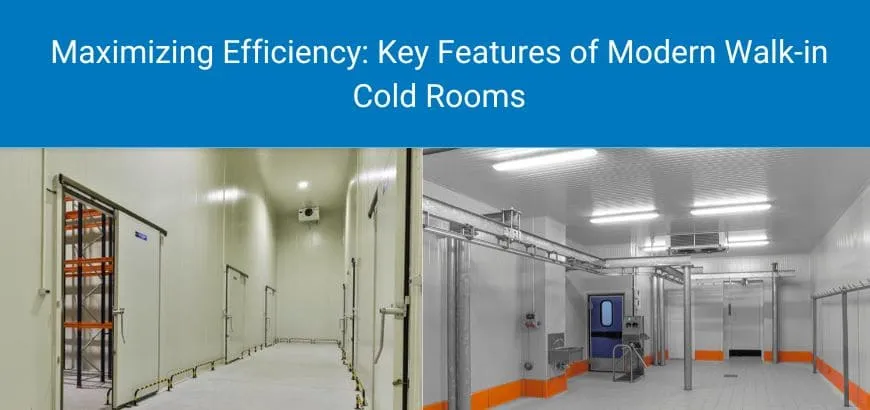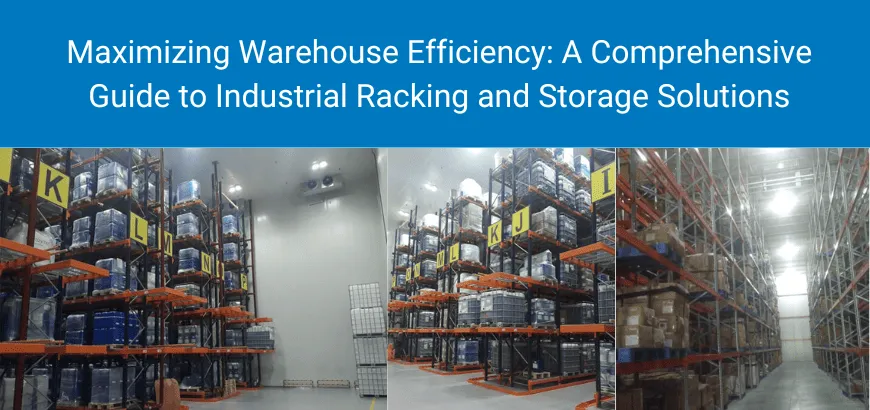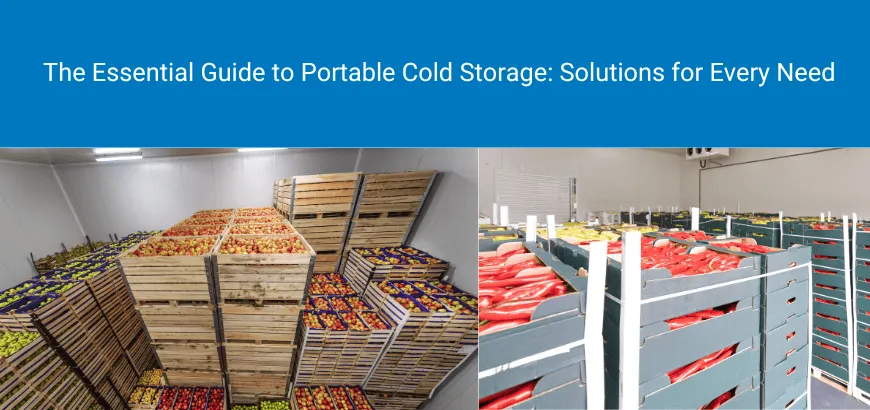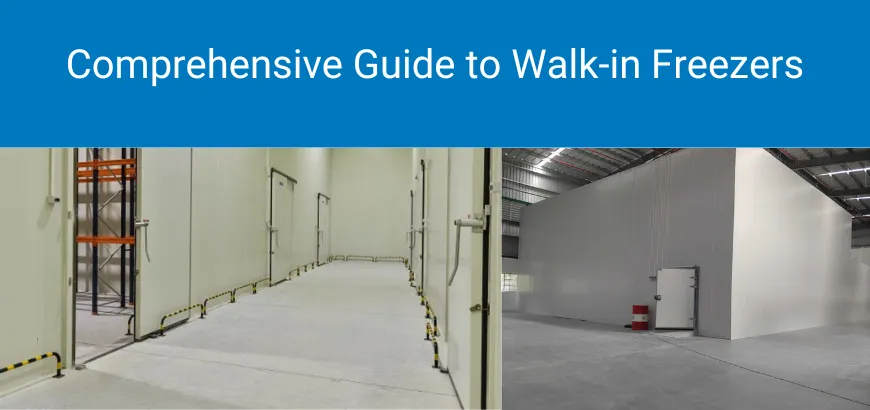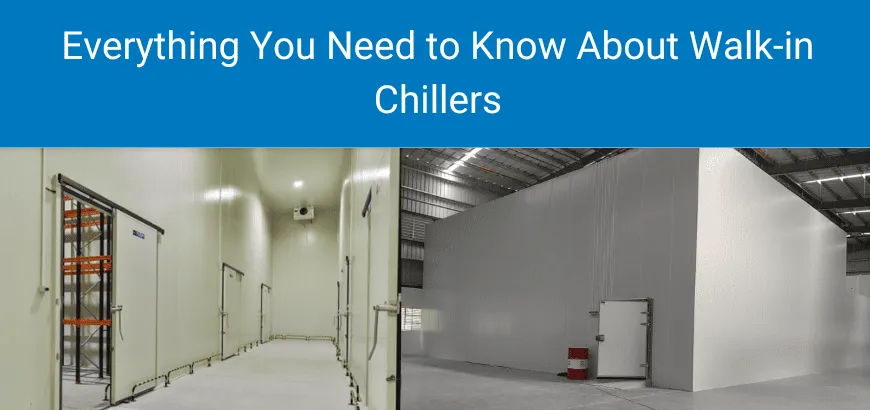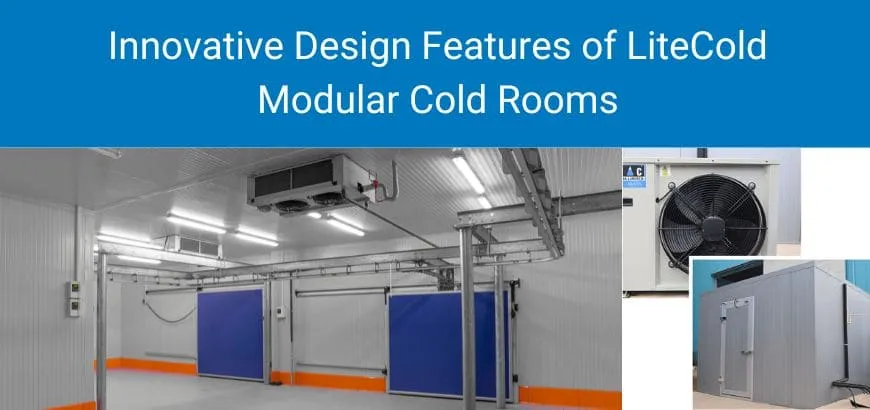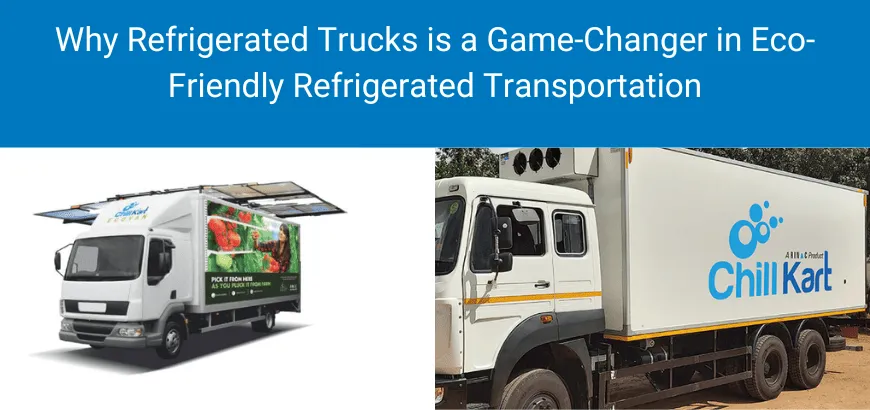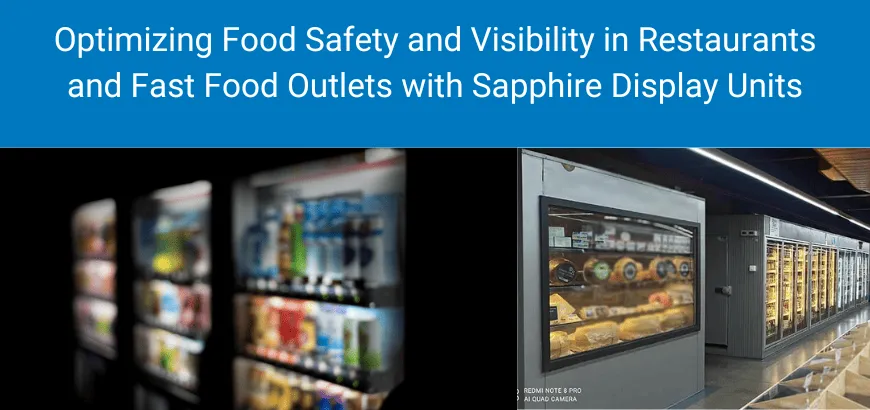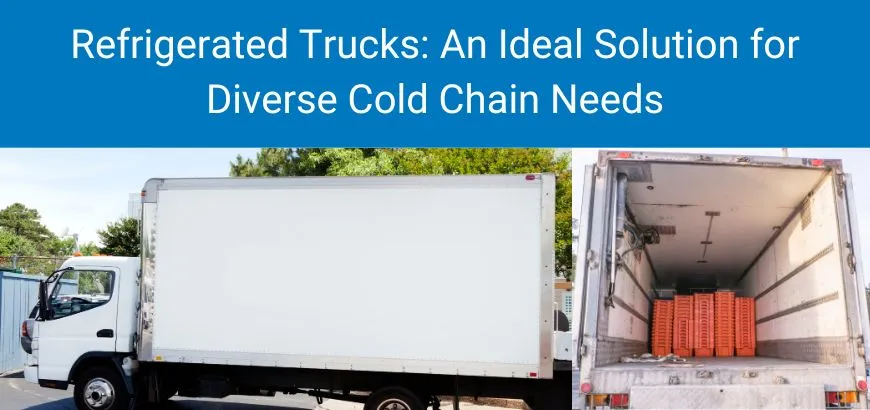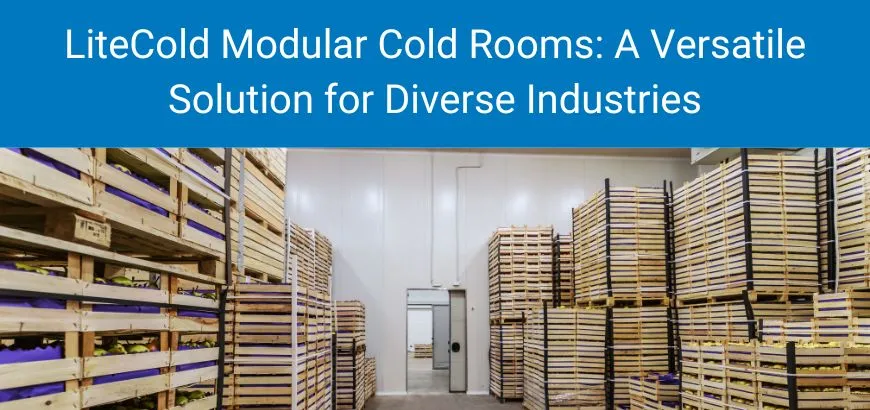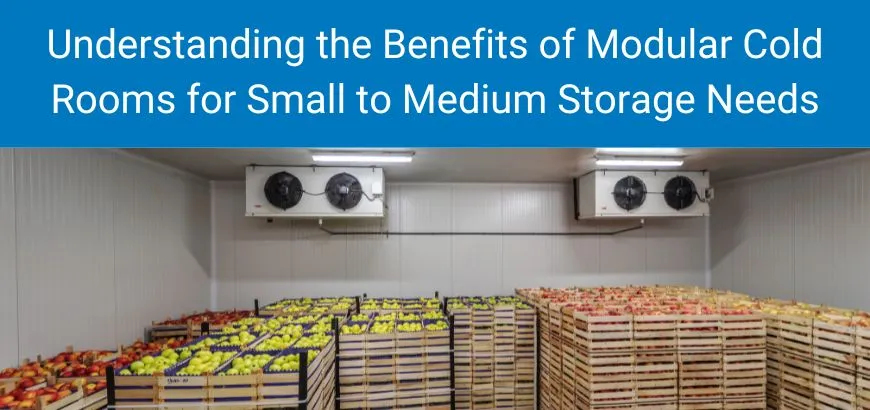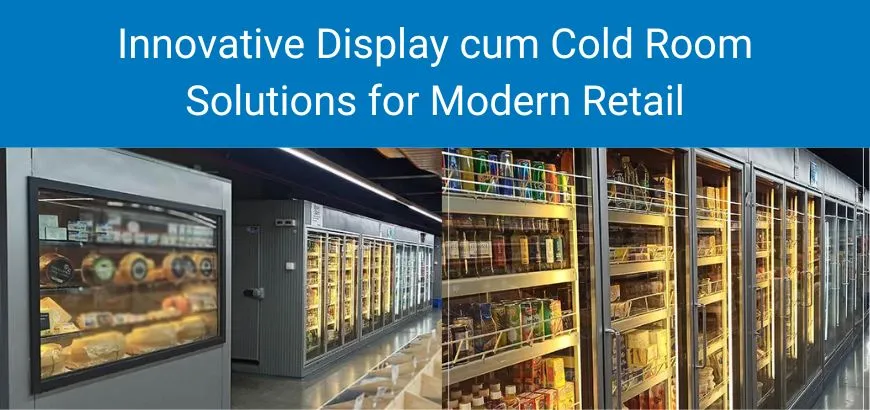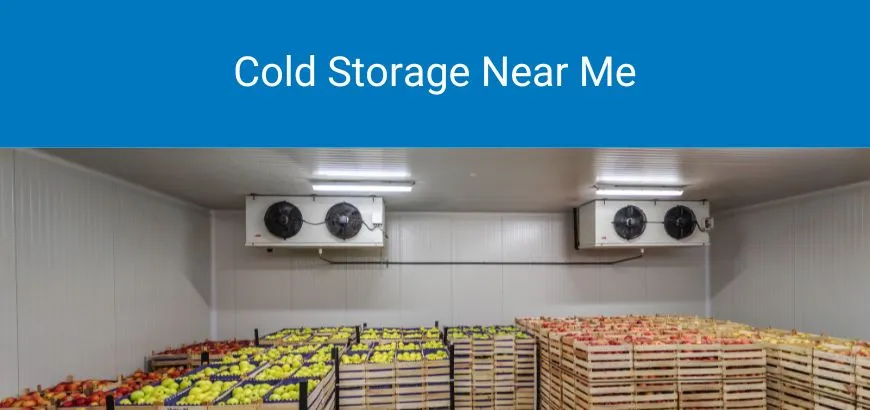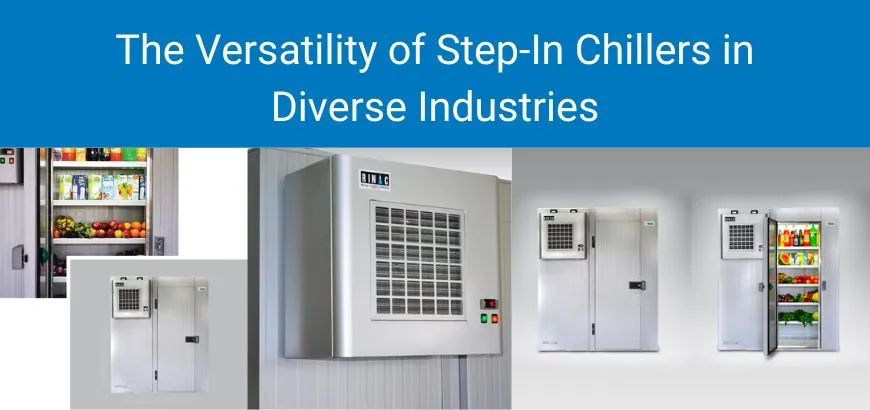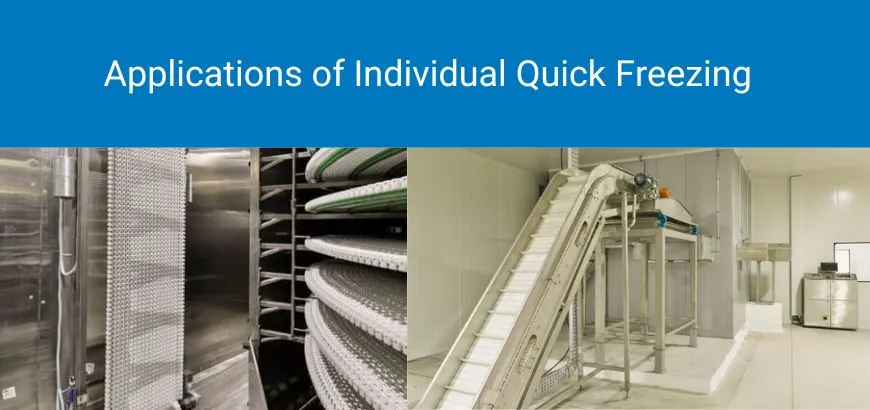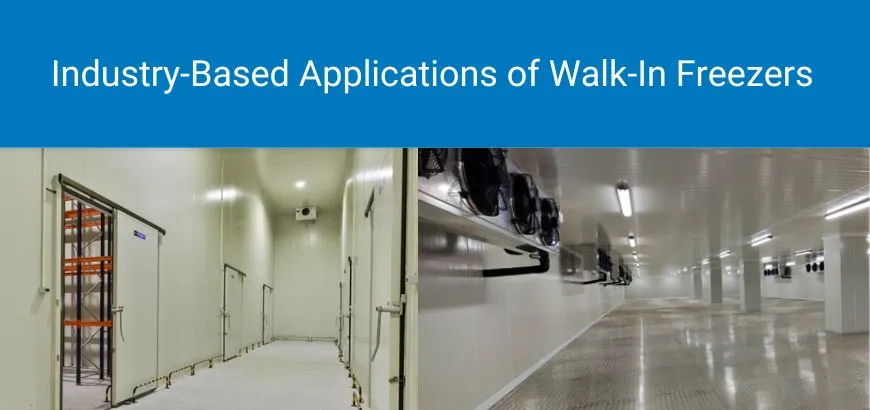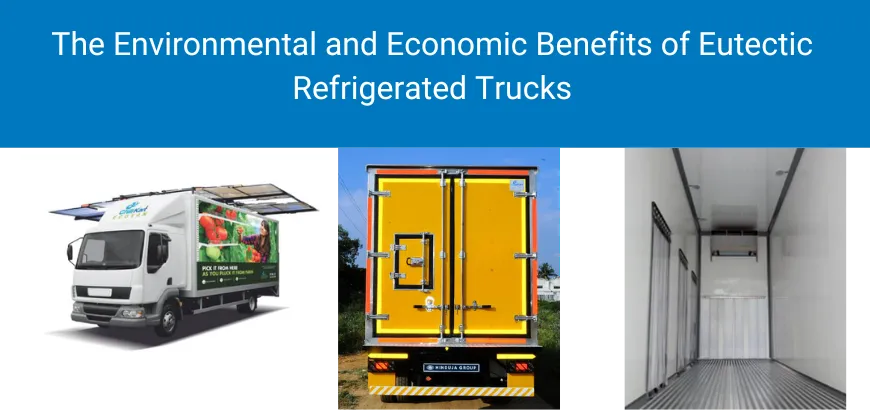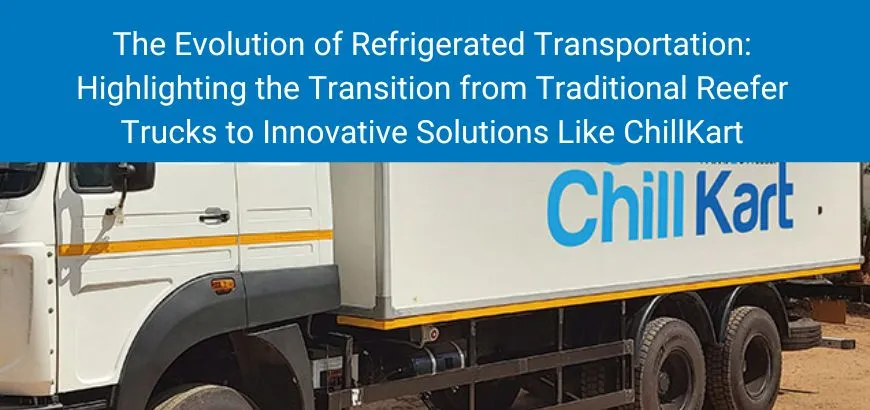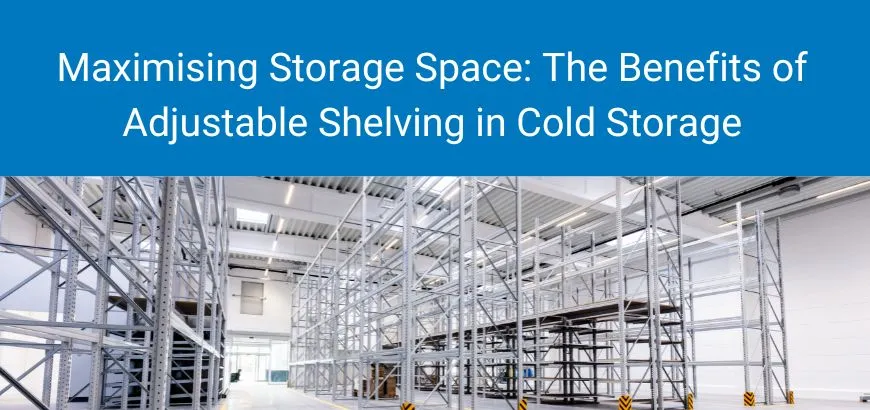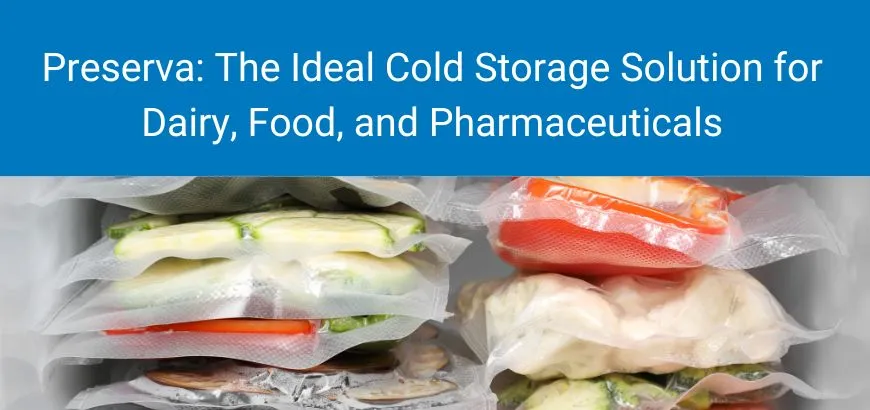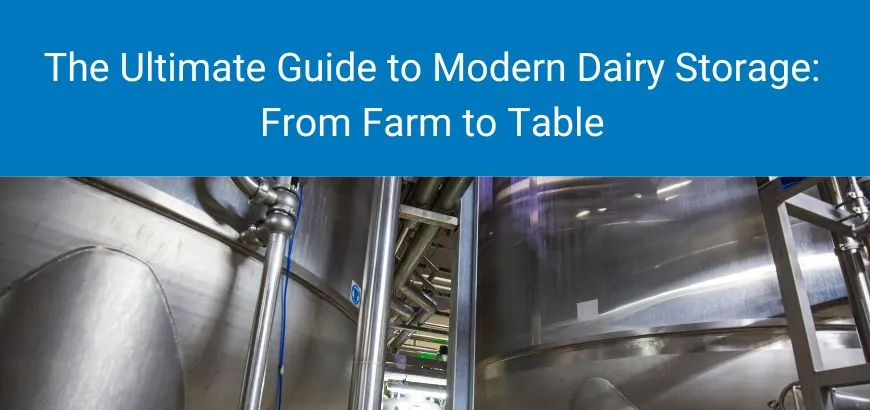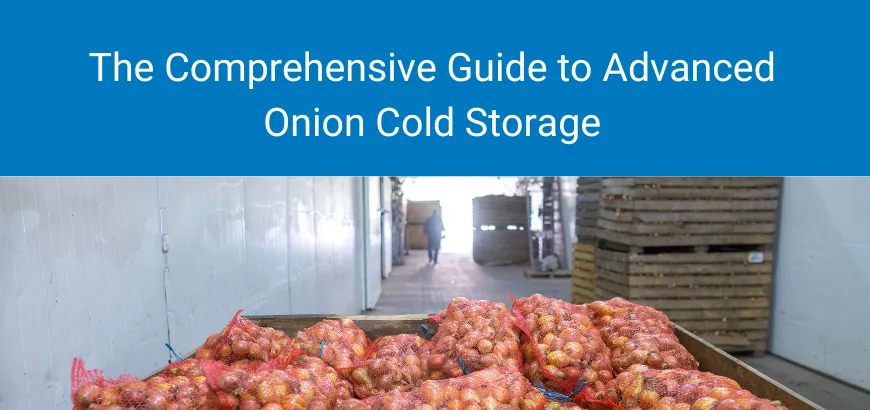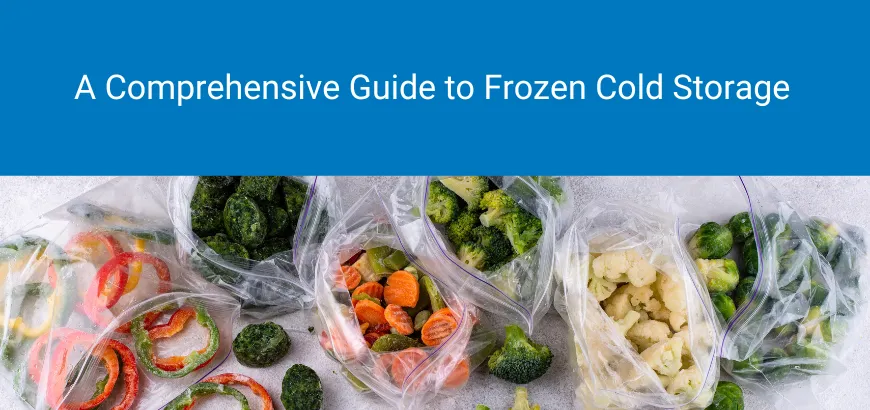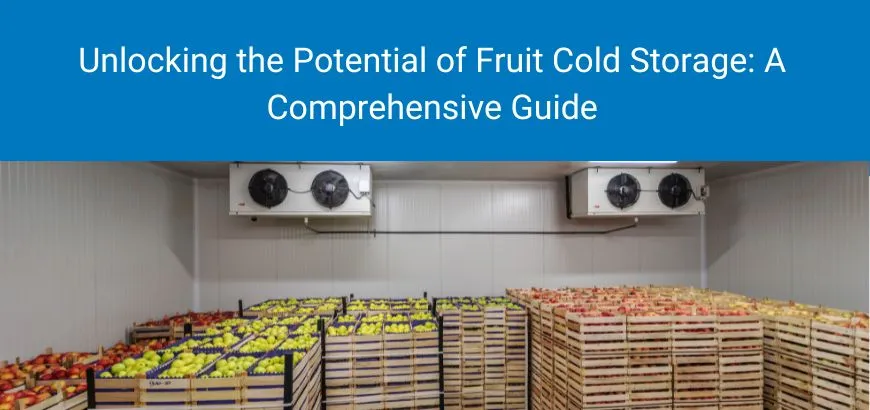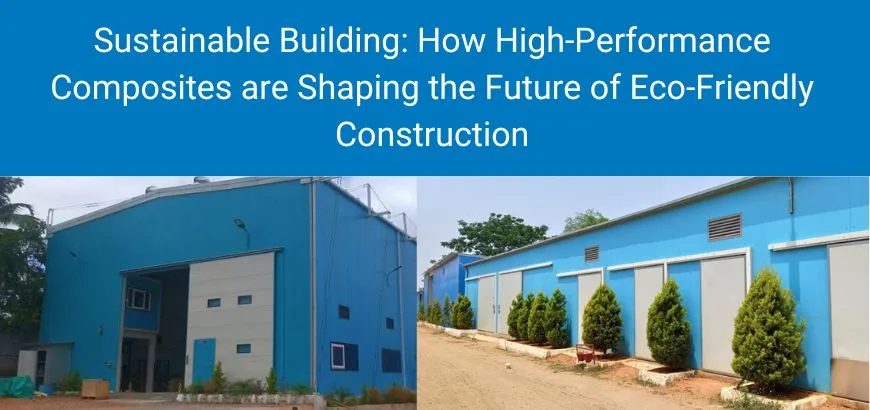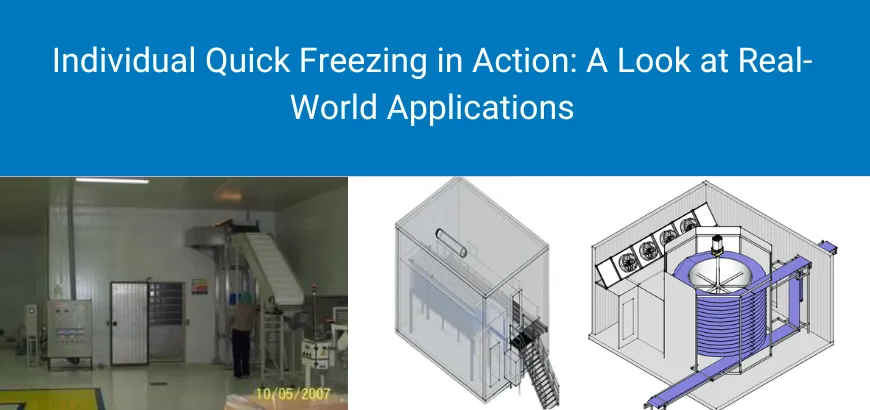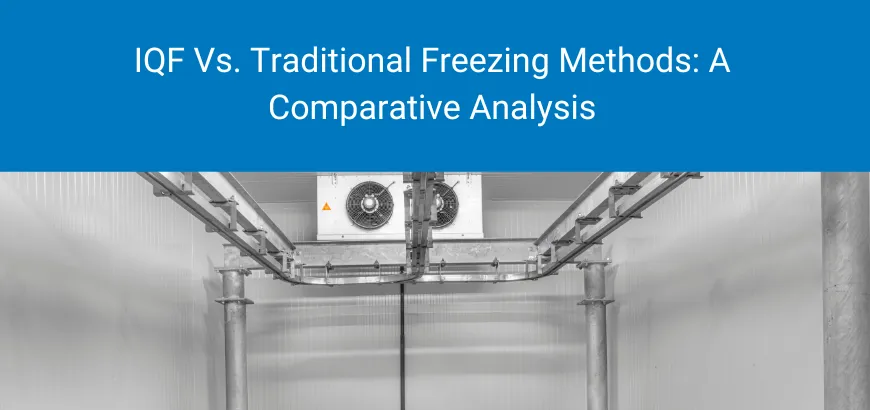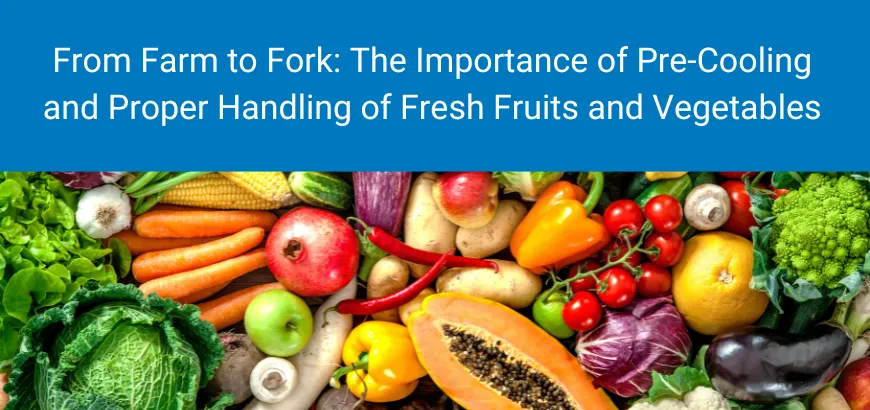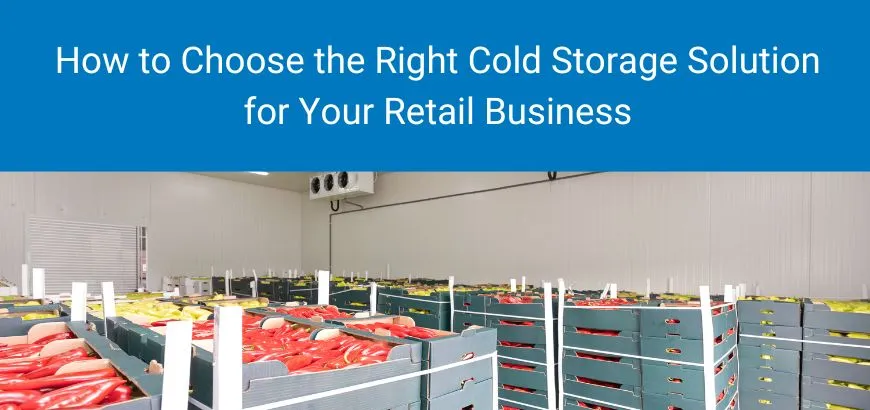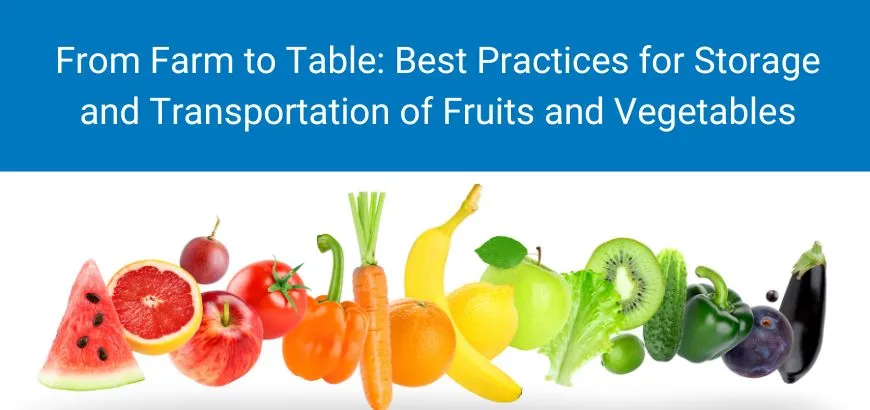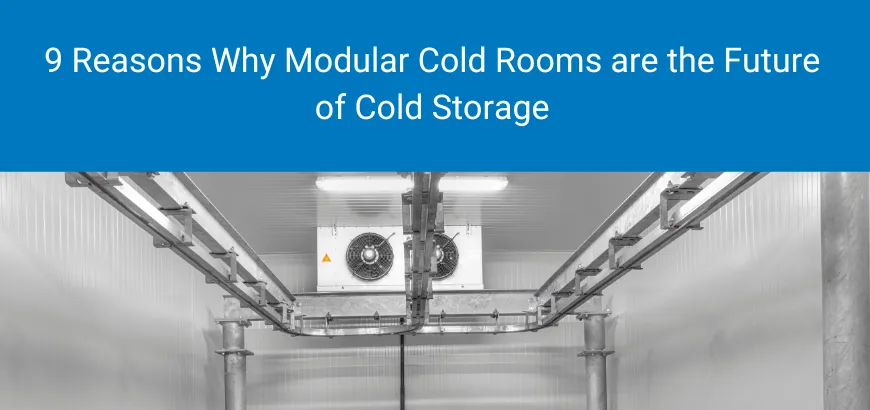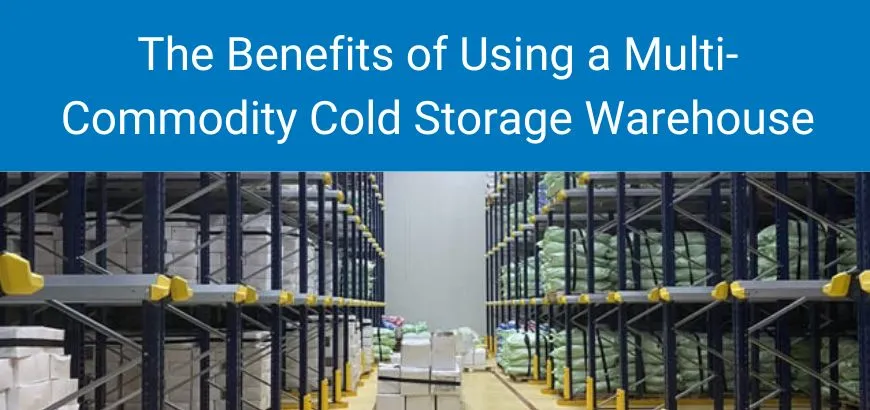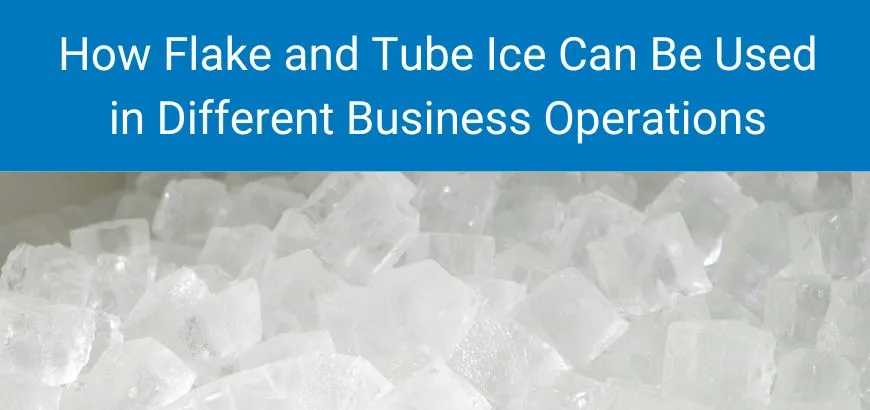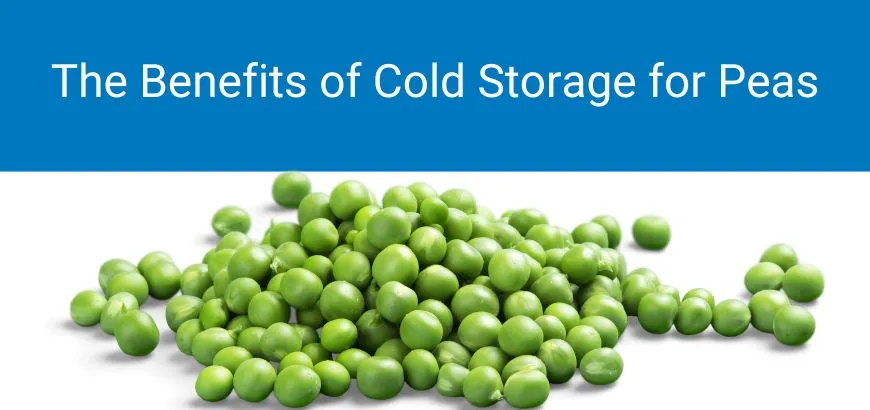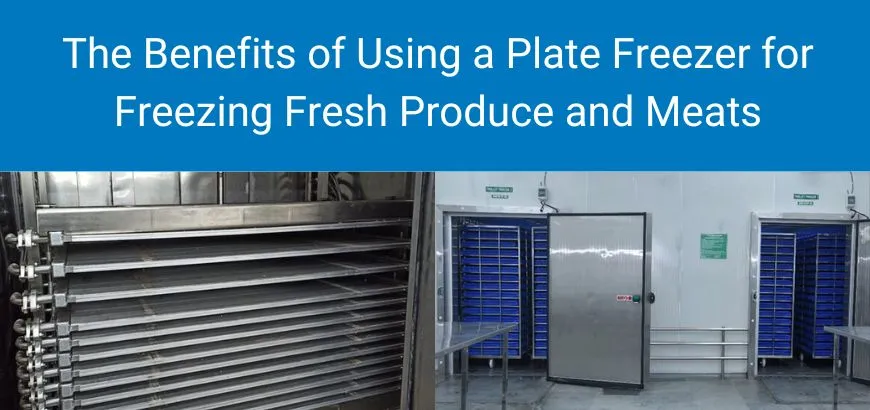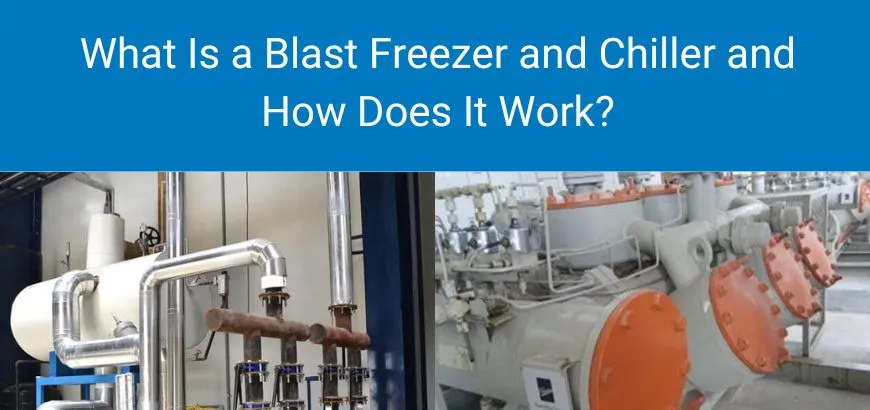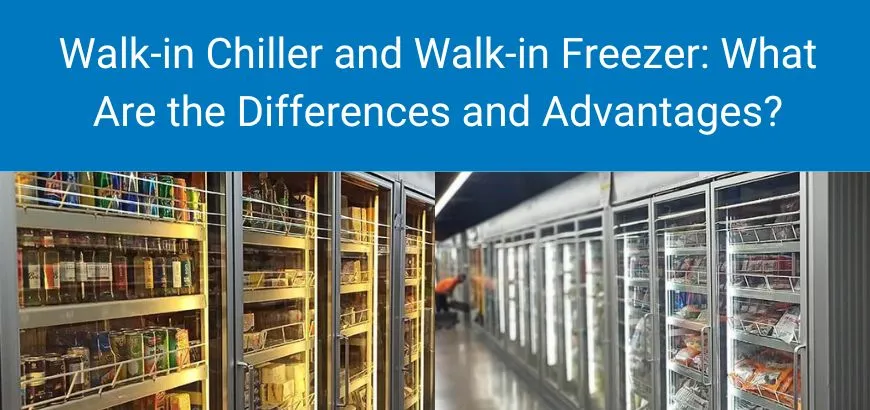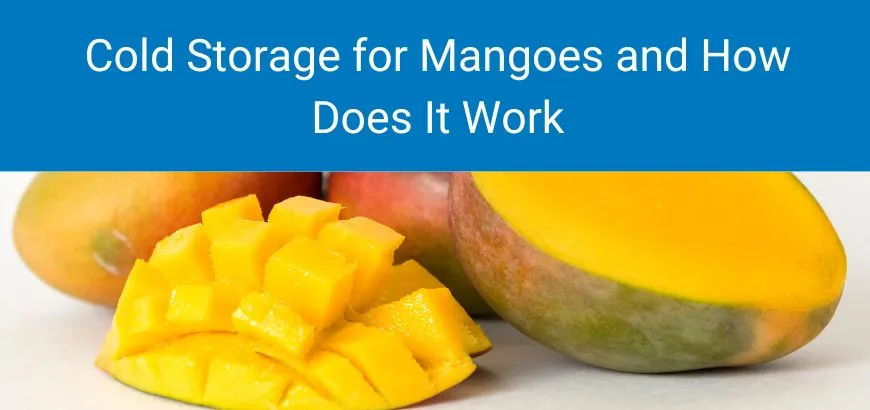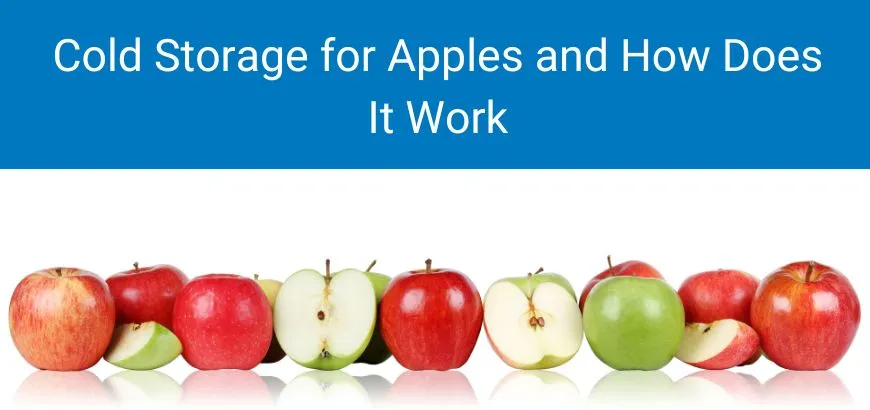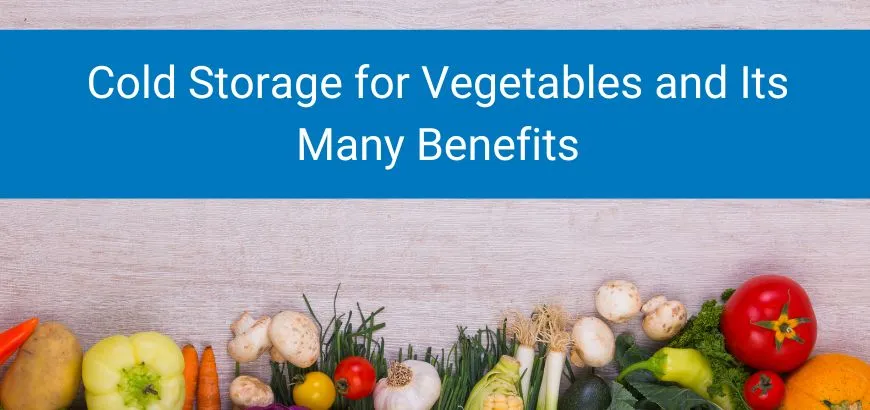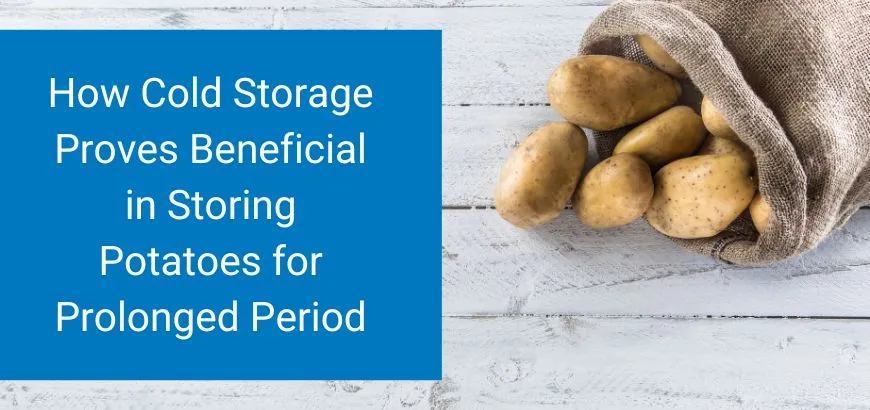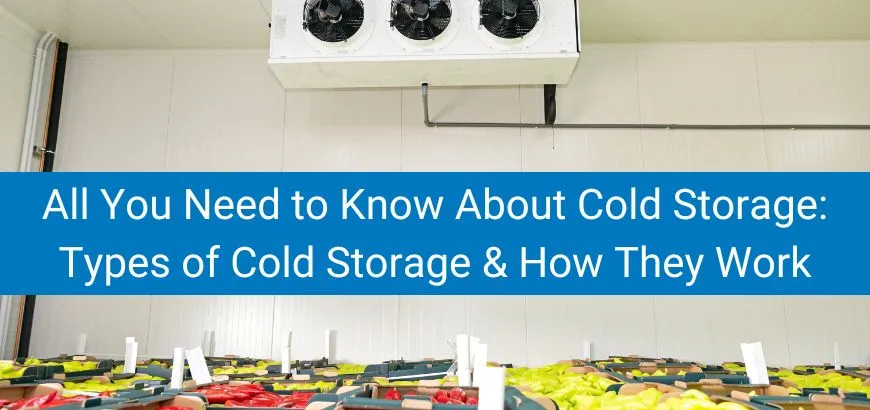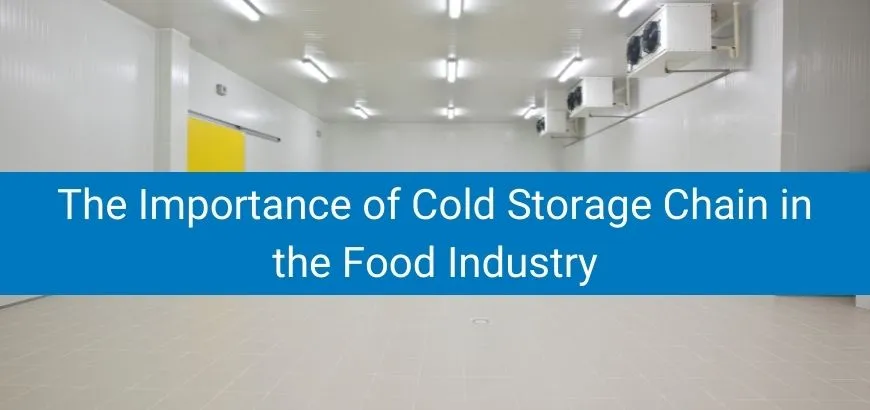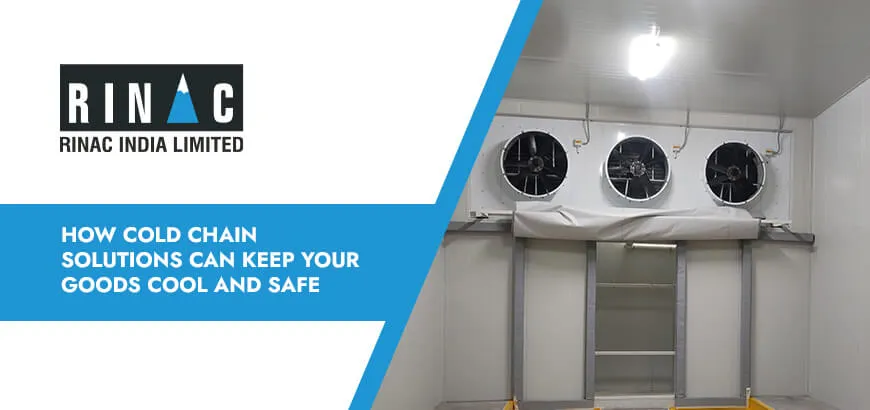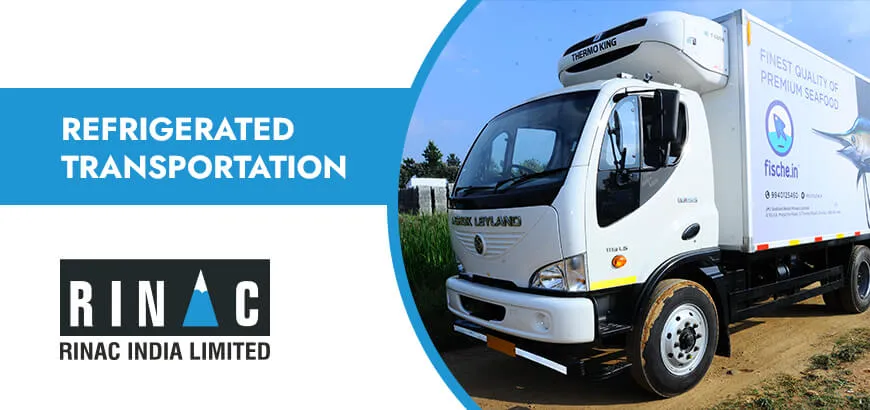
Your Complete Guide to Commercial Refrigeration for Produce
In the vast and diverse landscape of India, where agriculture is a backbone of the economy, maintaining the freshness and quality of produce is crucial. Commercial refrigeration plays a pivotal role in this endeavor, ensuring that fruits and vegetables remain fresh from the farm to the consumer’s table. This guide delves into the world of commercial refrigeration for produce, exploring its importance, how it works, and its impact on the food supply chain.
Introduction to Commercial Refrigeration
Commercial refrigeration refers to the use of specialized cooling systems designed to store perishable goods, such as fruits and vegetables, in commercial settings like restaurants, grocery stores, and food processing facilities. These systems are engineered to maintain consistent cold temperatures, ensuring that produce stays fresh and safe for consumption
Background and Context
India is one of the world’s largest producers of fruits and vegetables, with a significant portion of its agricultural output being perishable. However, the country faces challenges in maintaining the quality of these products due to inadequate cold storage facilities. Commercial refrigeration can bridge this gap by providing the necessary infrastructure to keep produce fresh for longer periods
How Commercial Refrigeration Works
Commercial refrigeration systems operate on the principle of the Second Law of Thermodynamics, where heat is transferred from a warmer object to a cooler one. These systems use refrigerants that undergo cycles of compression and expansion to cool the storage area. The process involves a compressor, condenser, metering device, and evaporator, working together to maintain a consistent cold environment
Key Components of Commercial Refrigeration Systems
- Compressor: This is the heart of the refrigeration system, responsible for circulating the refrigerant.
- Condenser: It dissipates heat from the refrigerant to the outside environment.
- Metering Device: This controls the flow of refrigerant into the evaporator.
- Evaporator: It absorbs heat from the storage area, cooling it down
Types of Commercial Refrigeration
- Reach-in Refrigerators and Freezers: Ideal for small to medium-sized businesses, these units provide easy access to stored items
- Walk-in Coolers and Freezers: Suitable for larger operations, these offer ample storage space for bulk produce
- Combination Coolers and Freezers: These units can both chill and freeze items, offering flexibility in storage needsImportance of Commercial Refrigeration for Produce
Commercial refrigeration is essential for maintaining the quality and safety of fruits and vegetables. It helps in:
- Extending Shelf Life: By controlling temperature and humidity, produce can be stored for longer periods without spoilage
- Ensuring Food Safety: Proper storage conditions prevent bacterial growth, reducing the risk of foodborne illnesses
- Reducing Waste: Effective cold storage minimizes the loss of perishable goods during transportation and storage
Trends and Statistics
- Global Demand: The demand for commercial refrigeration is increasing due to the growth in the food and beverage industry, with the global market expected to expand significantly in the coming years[6].
- Energy Efficiency: There is a growing focus on energy-efficient refrigeration systems to reduce operational costs and environmental impact
- Sustainability: Efforts are being made to transition to low-GWP refrigerants and improve system efficiency to mitigate climate change impacts
Comparisons and Pros and Cons
Commercial vs. Industrial Refrigeration
- Commercial Refrigeration: Designed for frequent access and aesthetic appeal, ideal for restaurants and retail stores
- Industrial Refrigeration: Focuses on large-scale, long-term storage for food processing and pharmaceutical industries
Pros of Commercial Refrigeration:
- Maintains produce freshness and safety.
- Reduces waste and extends shelf life.
- Offers flexibility in storage options.
Cons of Commercial Refrigeration:
- High initial investment.
- Requires regular maintenance to ensure efficiency.
Common Myths and Misconceptions
- Myth: Commercial refrigeration is only for large businesses. Reality: It is beneficial for businesses of all sizes, as it helps maintain produce quality and reduces waste.
- Myth: All refrigeration systems are energy-intensive. Reality: Modern systems are designed to be energy-efficient, reducing operational costs and environmental impact
Case Studies and Expert Insights
KOOLJET, a leading manufacturer of custom refrigeration systems, has developed innovative solutions for agricultural and commercial applications. Their systems focus on energy efficiency and sustainability, providing effective cooling solutions for perishable goods
Conclusion
Commercial refrigeration is a vital component in the food supply chain, especially for maintaining the quality and freshness of produce. By understanding how these systems work and their importance, businesses can make informed decisions about their refrigeration needs. As the demand for efficient and sustainable refrigeration solutions grows, adopting the right technology can not only enhance business operations but also contribute to environmental sustainability. Whether you are a small-scale farmer or a large retail chain, investing in commercial refrigeration can be a strategic move towards reducing waste and ensuring customer satisfaction.
In conclusion, embracing commercial refrigeration is not just about maintaining produce; it’s about ensuring food safety, reducing waste, and contributing to a more sustainable food supply chain. As India continues to grow in agricultural output, the role of commercial refrigeration will become increasingly critical. Take the first step today by exploring how commercial refrigeration can transform your business and contribute to a better future for the food industry.



